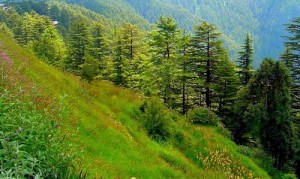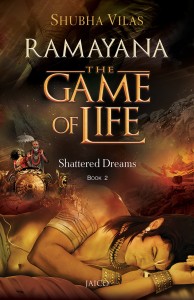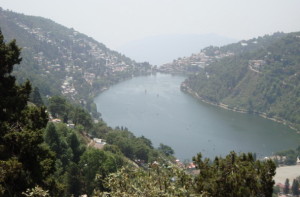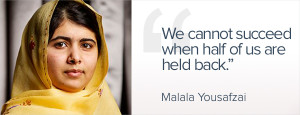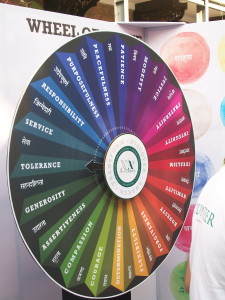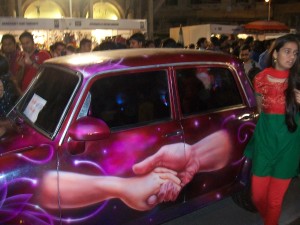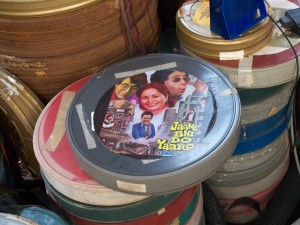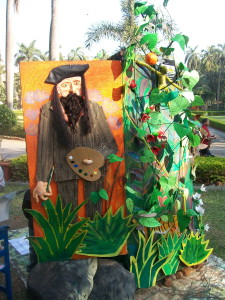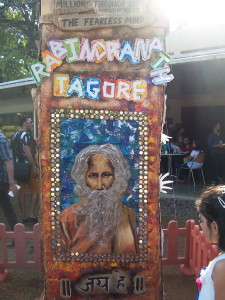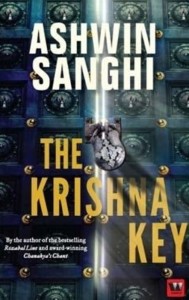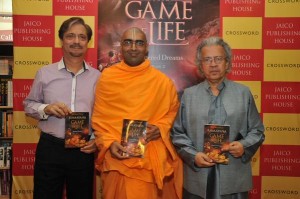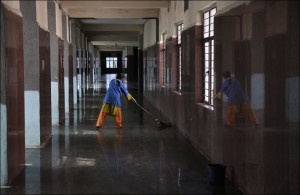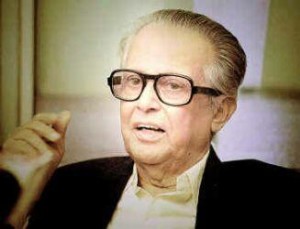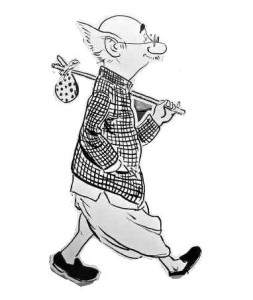“I am writing for the #ShareTheLoad activity at BlogAdda.com in association with Ariel.”
By: Keyur Seta
Topics like women empowerment, equality for women and women liberation started trending in India after the start of the new millennium. The issue gained mammoth momentum after some disturbing crimes against women that came to the forefront since December 2012. More and more people are demanding equality and respect for women through debates that start in just any setting, be it your home, office, news channels or just any gathering.
Unfortunately, as far as my personal experience goes, this preaching about equality for women isn’t being practiced in a lot of families I know, including those belonging to the modern urban class. Since the last couple of decades or so, women are no longer confided to being just housewives. Although not all women are working professionals today, the number of women doing office jobs has certainly increased to a large extent.
But here is the great irony. Instead of liberating women, this change of scene has instead burdened them with double work because now they have to deal with their professional job as well as the job at home as an unpaid maid. I am talking about families I have seen closely, which includes my relatives, friends, neighbors and well-wishers (some of them might be reading this).
Despite the changing times and despite women becoming a key force in India’s financial growth, they are still expected to cook, clean, wash (clothes & utensils), look after the kids, etc. After the marriage, the husband continues his role of working in office without lending any help at home. But what’s more surprising is to see some women having no problem with this whatsoever! Of course, there are exceptions but I have comes across very few such.
This is 2015. It’s high time we practice what we preach. It is high time the workload at home is shared by both the spouses. If this doesn’t happen, your support for equality and emancipation of women is plain hypocrisy.
Sharing the workload has a lot of benefits too. Here they are:-
Love Factor: The professional scenario in modern India has become such that married couples aren’t getting much time to spend together. Sharing household chores before and after work will provide them with more ‘we’ time and rekindle their lost pre-marriage romance. Work will cease to be work when carried out with the one you love.
Anti-Stress: I can state from my personal experience that doing household chores like cooking, cleaning and washing help you de-stress from the hectic day you have had. This might sound outrageous to some but it is like a therapy.
Get Entertained: Putting on some music or playing Antakshari or cracking jokes will make the activity all the more joyful. Even narrating some funny or interesting incident you experienced recently will make the task very interesting. And in case if you are a filmi keeda like me, there is nothing more joyful than recalling some ham scenes from some of the terrible films. (Search ‘ham scenes’ on YouTube if you are unaware about it and chances are you might get addicted to them.)
Gratification: Contributing to running the household gives the same amount of satisfaction as completing a project at work successfully. This point also comes from my personal experience. It also provides the same kind of gratification an artist gets after finishing a piece of art.
Health Factor: Activities like cleaning, sweeping, cleaning the floor with a wet cloth, washing clothes and bringing groceries and vegetables help you exercise. I firmly believe that anything providing health and fitness benefit should be attacked upon (in a good way).
Larger Good: This is the most important point. The root cause for all crimes against women is that they are treated inferior to men. It is said that charity begins at home. If you wish to see women being liberated or treated equally in our society, start from your home. Merely preaching and supporting women empowerment in debates won’t change the social status of women unless you practice what you preach.
People, from both genders, give strange or ‘daily soap’ reactions when they get to know that I cook and do household chores (including jaadu and pochha maarna). I am waiting for the day when they won’t find anything unusual in it. Woh Subah Kabhi Toh Aayegi!



